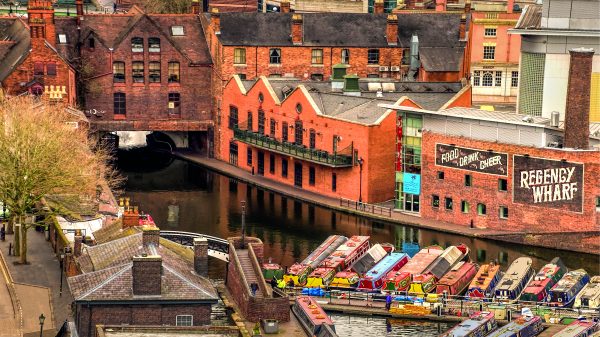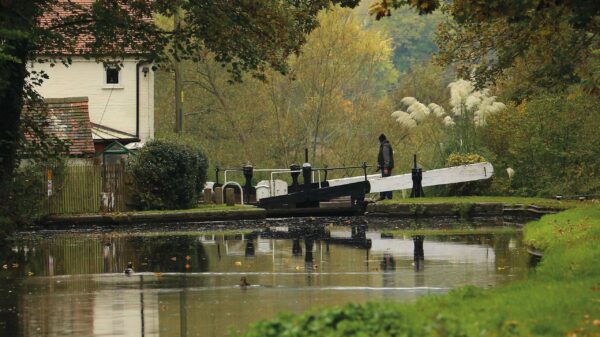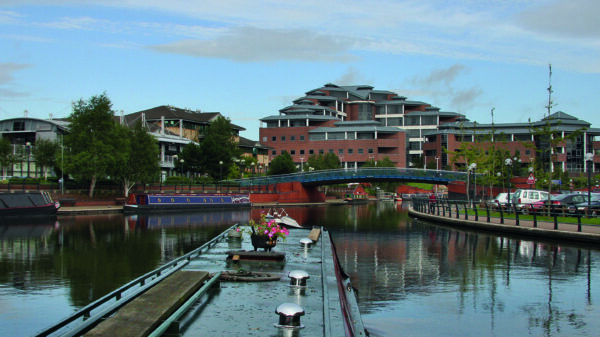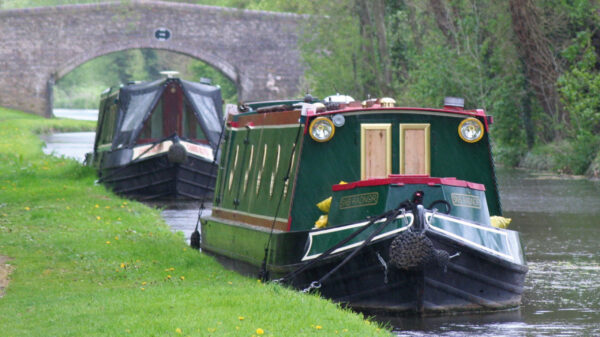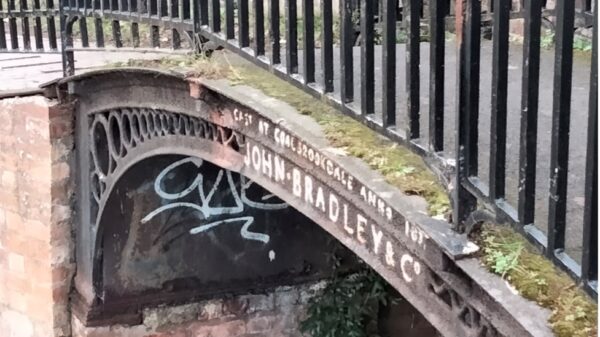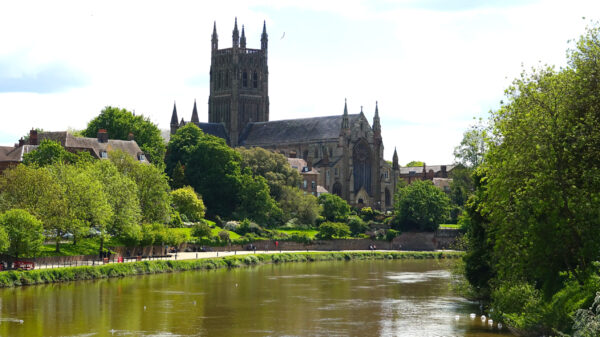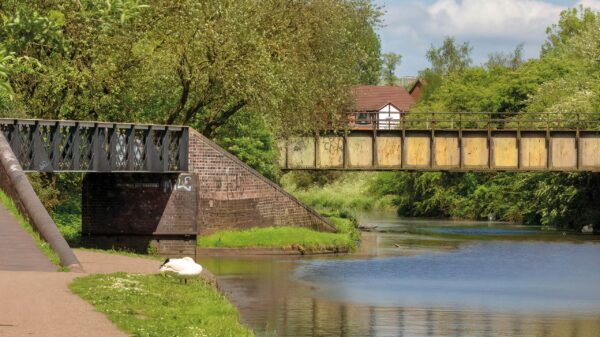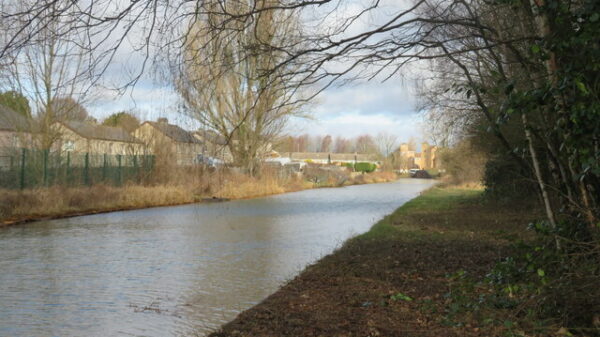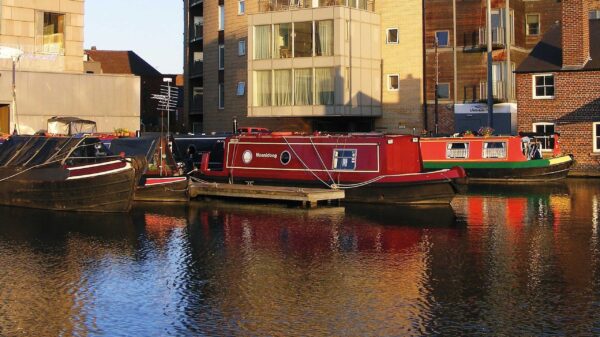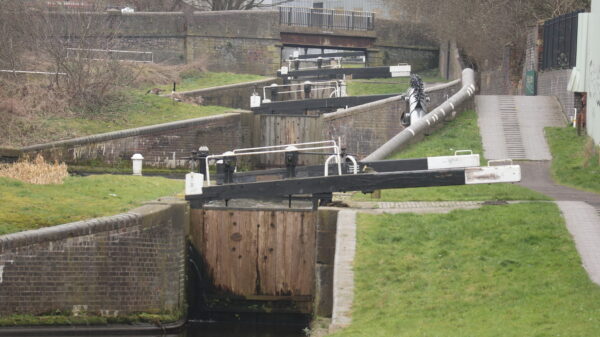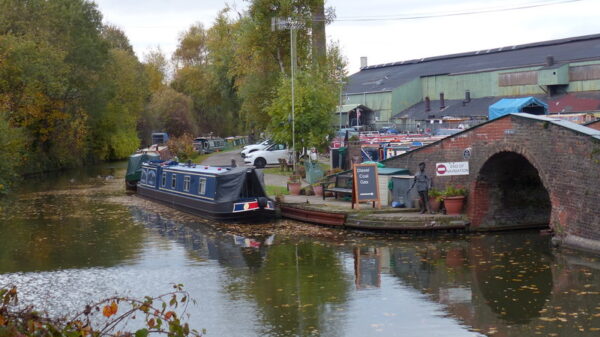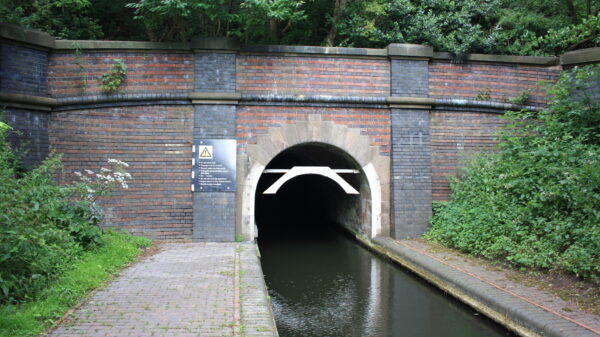About the Stourbridge Canal
The Stourbridge Canal connects Stourton Junction on the Staffordshire and Worcestershire Canal with the Dudley Canal at the foot of Delph Locks. The main line runs for 5.8 miles (9.3km) with 20 locks with a short branch to Stourbridge from Wordsley Junction below the locks, and the Fens Branch above the top lock.
Previously, the Stourbridge and Dudley canals were originally proposed as a single canal in 1775, with the primary purpose of carrying coal from Dudley to the Stourbridge glass works. This bill was withdrawn from Parliament following as a result of a fierce opposition from the proprietors of the Birmingham Canal. Two bills were subsequently presented, one for each of the canals, with the details largely unchanged. Both became Acts of Parliament on 2 April 1776, despite continued opposition from Birmingham. After that, the Stourbridge Canal remained independent and profitable right up to nationalisation in 1948.
The Fens Branch was built as a navigable feeder to the reservoirs in Pensnett known as the Fens Pools. The Branch leaves the Stourbridge Canal at Leys Junction at the top of the locks. Meanwhile, local collieries and iron works grew and as a result, the Stourbridge Extension Canal was built to serve them to join the branch at Brockmoor Junction. This is now effectively the head of navigation on the Fens Branch and there are visitor moorings in the remains of the Stourbridge Extension. Walking further along the Branch leads to the Wide Waters section and the three pools, which is now a local nature reserve.
[Photo: Junction Bridge at Brockmoor on the Stourbridge Canal – by Phil Wild]


